The figures marching silhouette appears deformed by wind and. How does each artist differ in his relationship to issues of technology and to the traditions of art.
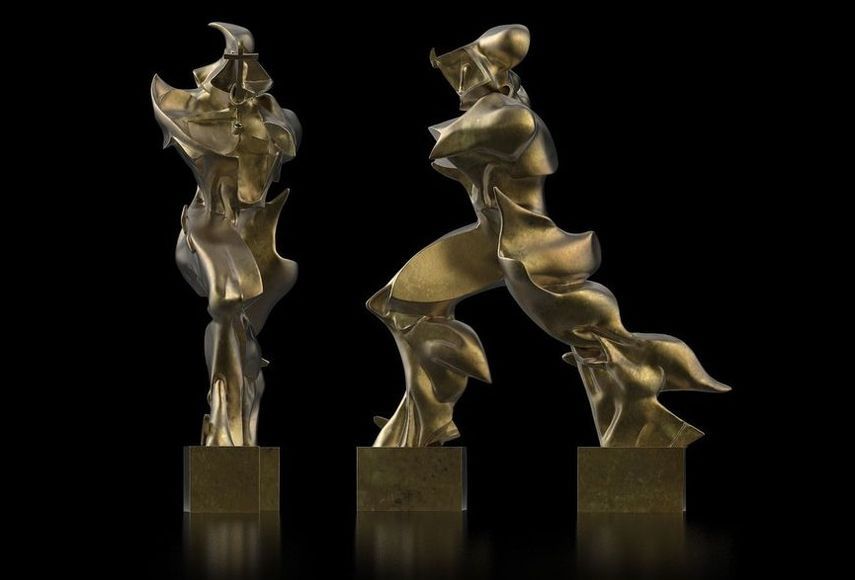
All You Need To Know About Boccioni S Unique Forms Of Continuity In Space Widewalls
Boccioni produced several mixed media sculptures and the original Unique Forms of Continuity in Space was like the majority of his sculptures made of plaster.

Unique forms of continuity in space materials. The fame of this Futurist masterpiece within Italy where it appears on the 20-cent coin has spread worldwide thanks to bronze casts in museums from Tate Modern to the Museum of Modern Art. The work is a part of the short lived but influential futurist movement. The powerful body in.
Boccioni made the plaster sculpture in 1913 with the bronze examples seen in museums being cast from the plaster sculpture or from other bronze castings. In the early years of the twentieth century industrialisation swept across Italy. Umberto Boccioni Unique Forms of Continuity in Space 1913 plaster Museu de Arte Contemporânea in São Paulo Boccioni produced several mixed media sculptures and the original Unique Forms of Continuity in Space was like the majority of his sculptures made of plaster.
Forme uniche della continuità nello spazio. The billowing figure captures the essence of forward motion and seems to defy its heavy material form. Marble and metal although we owe much to the casting in bronze as it preserved the work for later generations to enjoy.
In Unique Forms of Continuity in Space 1913 Umberto Boccioni deployed abstraction to capture the spirit of movement. Umberto Boccioni Dynamism of a Soccer Player 1913 oil on canvas 1932 x 201 cm The Museum of Modern Art New York Unique Forms is one of a series of. 1913 cast in 1972 Original Title.
Consider Duchamps Fountain and Boccionis Unique Forms of Continuity in Space. The title of the competition Forme Uniche della Continuità nello Spazio Unique Forms of Continuity in Space is derived from the famous sculpture by Italian futurist artist Umberto Boccioni. Boccioni did not show this through the repetition of arms legs and faces but by having fluid drapery flow behind and being armless.
Unique Forms of Continuity in Space is a smooth solid human looking shape. Boccioni and the Futurists rejected traditional sculptural materials. The influence of cubism and geometrism can be seen in the angular nature of this piece as it has many smooth lines with pointy sides and edges 4.
Mutt and claimed for it the status of sculpture. Unique Forms of Continuity in Space has also been compared to Rodins armless Walking Man of 1907. Talk by Rosalind McKever.
The bronze castings of Unique Forms of Continuity in Space were made 30 years after his death. Artwork page for Unique Forms of Continuity in Space Umberto Boccioni 1913 cast 1972 on display at Tate Modern. Unique Forms of Continuity in Space is Boccionis most well-known work and is considered a masterpiece of early modern sculpture The piece was originally cast in plaster and the bronze version seen below and in museums around the world was cast long after the artists death.
Unique Forms of Continuity in Space depicts a powerful human form in action seemingly flying or gliding through the air. Umberto Boccionis Unique Forms of Continuity in Space In New York___________submitted a common urinal to the Independents Exhibition in 1917 titled it Fountain signed it R. This international composition competition is an opportunity for composers to express the.
Unique Forms of Continuity in Space. Identify the movements with which these artists are associated. Unique forms of continuity in space.
The title of the competition Forme Uniche della Continuità nello Spazio Unique Forms of Continuity in Space is derived from the famous sculpture by Italian futurist artist Umberto Boccioni. The Futurists celebration of the fast pace and mechanical power of the modern world is emphasized here in the sculptures dynamism and energy. The Futurists wanted to destroy the museums but in the end their work was added to the canon of Italian sculpture.
Umberto Boccionis 1913 sculpture Unique Forms of Continuity in Space is one of the most iconic artworks of the twentieth century. The futurist movement was founded by writers and artists like Umberto Boccioni who enthused about new inventions such as cars and electricity. It does not depict a particular person at a specific moment but rather synthesizes the process of walking into a single body.
117 x 305 x 875 cm. Unique Forms of Continuity in Space integrates trajectories of speed and force into the representation of a striding figure. Unique Forms of Continuity in Space is a famous large bronze sculpture by Italian futurist artist Umberto Boccioni.
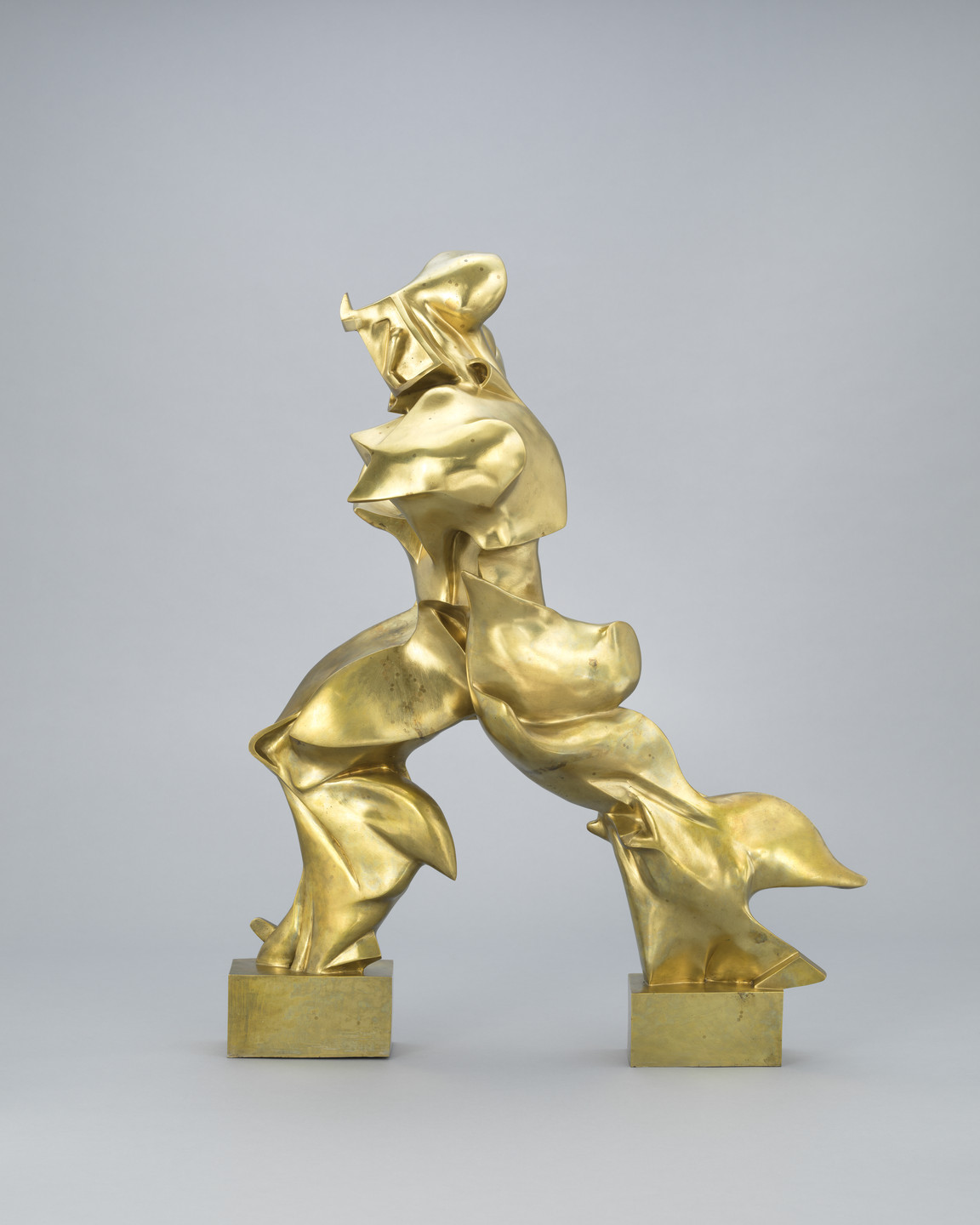
Umberto Boccioni Unique Forms Of Continuity In Space 1913 Cast 1931 Or 1934 Moma

All You Need To Know About Boccioni S Unique Forms Of Continuity In Space Widewalls

Umberto Boccioni Unique Forms Of Continuity In Space Article Khan Academy
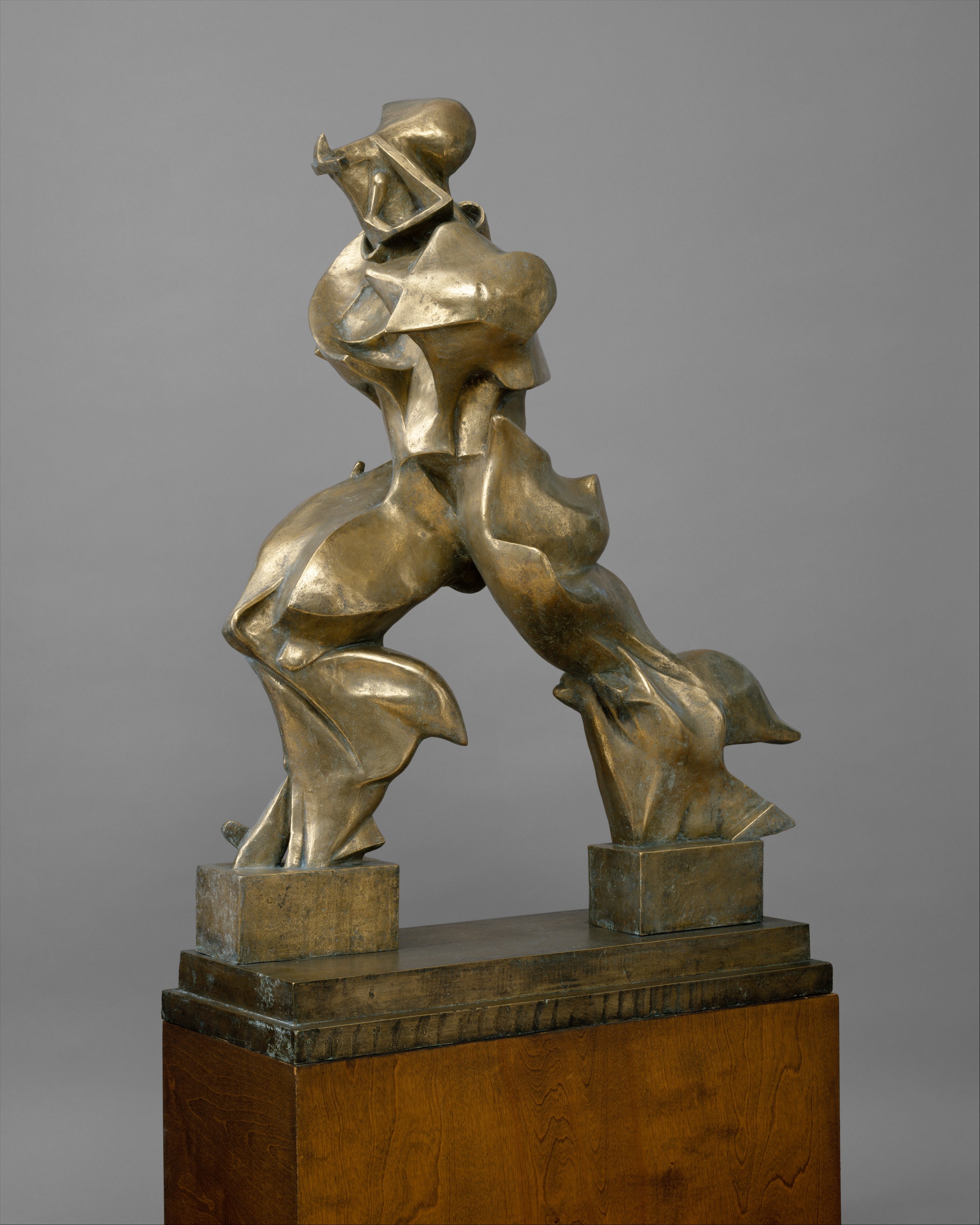
Umberto Boccioni Unique Forms Of Continuity In Space The Metropolitan Museum Of Art

Umberto Boccioni Unique Forms Of Continuity In Space Article Khan Academy
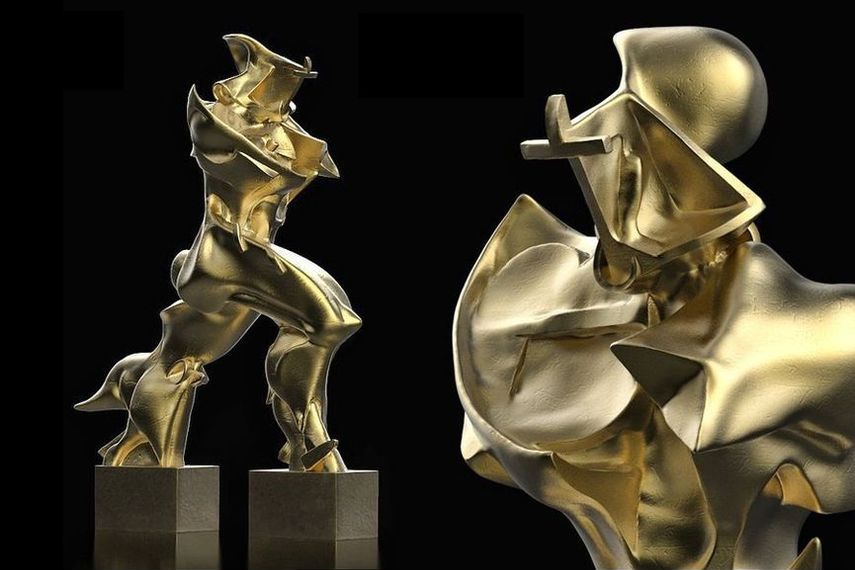
All You Need To Know About Boccioni S Unique Forms Of Continuity In Space Widewalls
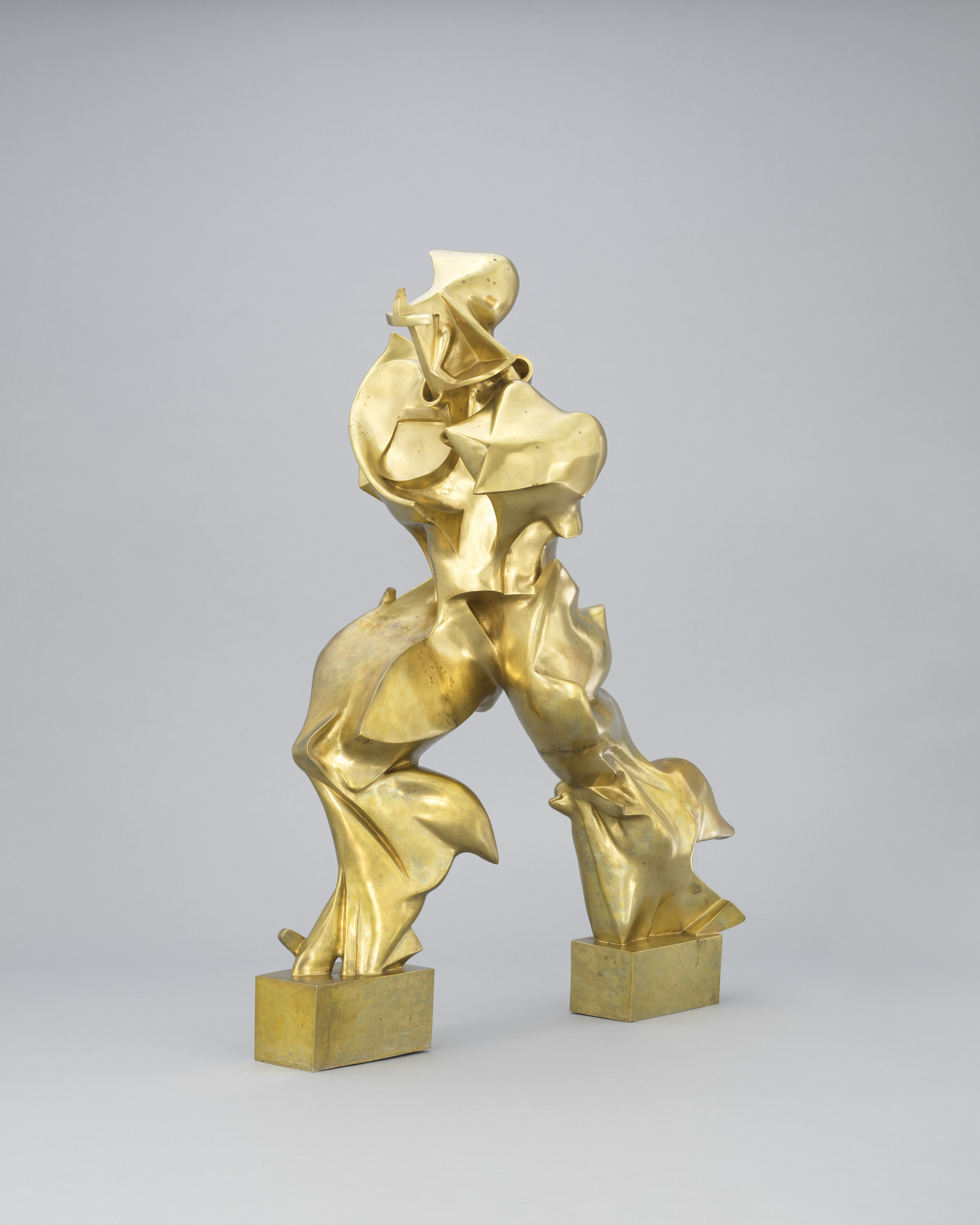
Umberto Boccioni Unique Forms Of Continuity In Space 1913 Cast 1931 Or 1934 Moma
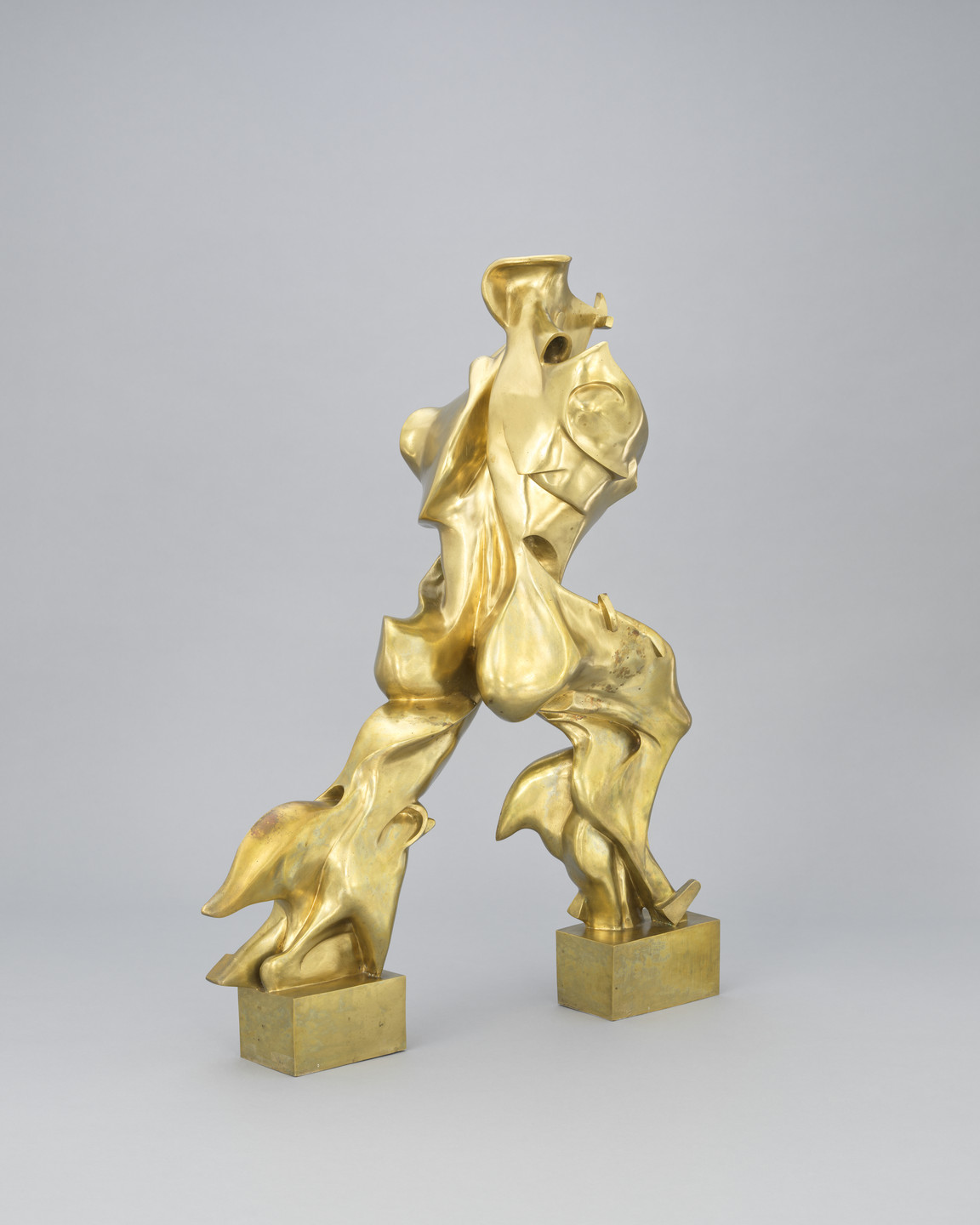
Umberto Boccioni Unique Forms Of Continuity In Space 1913 Cast 1931 Or 1934 Moma
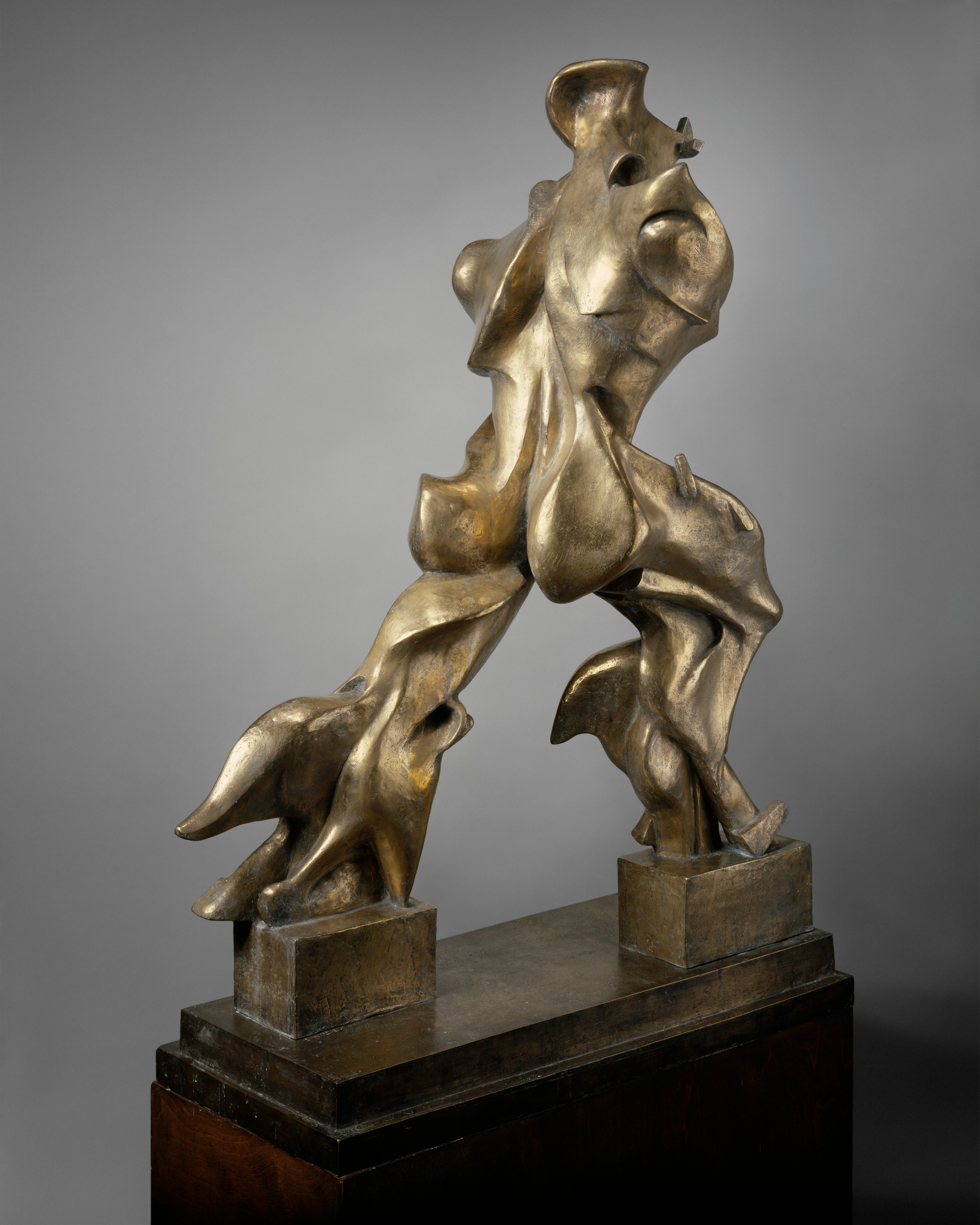
Umberto Boccioni Unique Forms Of Continuity In Space The Metropolitan Museum Of Art
0 comments:
Post a Comment